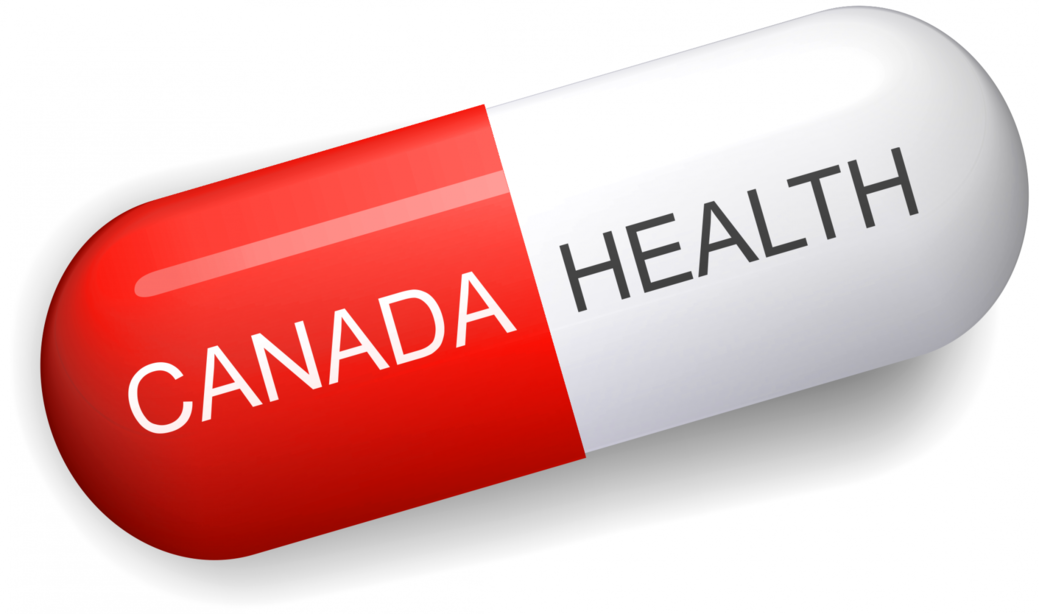
Healthcare Series: Medication Costs – A Barrier to Health
If you get sick in Canada, for the most part, you’re in luck. Canadians enjoy universal health care which means pre-paid access to a doctor or specialist in a taxpayer-funded health care system. However, receiving a diagnosis is only half of the equation. The other half is access to medication. That is where, unfortunately, equal access to health care in Canada becomes more of a game of chance than a universal guarantee. The reason? Despite spending $192 billion a year on health, Canada remains one of the few industrialized countries in the world without a national drug plan, also known as pharmacare. Put another way, Canada has the second most expensive health system in the world in terms of gross domestic product (GDP) but doesn’t have the second-best health outcomes in the world. The World Health Organization ranks Canada’s health care system at 30th in the world.

The good news, however, is that although Canada is a laggard in its provision of comprehensive pharmacare, the majority of medications administered in hospitals are provided without an upfront cost to the patient. (An exception applies to those Canadians unfortunate enough to be saddled with a disease that is expensive to treat and often rare such as osteogenesis imperfecta – in this case, medication costs are usually covered by the patient.) The other not-so-good news is that medications prescribed outside of a hospital setting have to be paid for out of pocket. For Canadians who work full-time and enjoy a comprehensive health insurance plan, this is usually no problem. Medications are covered either partially or in full. In other words, if you are a Canadian who is healthy and fortunate enough to work full-time (and likely to be less in need of prescription medications), you enjoy full health-care coverage. (Even if you do work, there is no guarantee of health insurance coverage. Almost 42 per cent of Canadian workers do not receive drug coverage through their jobs.) If for some reason you are a Canadian who is not healthy or fortunate enough to have secure full-time employment – then you don’t. And at least one in four Canadians fits into this latter category. This segment of the Canadian population is, with some exceptions, required to pay for their prescription medications in full. Special health care coverage which may include access to prescription medications applies to certain groups of Canadians. These include veterans, First Nations on reservations, Inuit, military personnel, some recent immigrants to Canada, inmates of federal penitentiaries and members of the Royal Canadian Mounted Police.
Accessibility to prescription medication also depends on which province you live in. The provinces are responsible for the provision of health-care services to Canadians as established under the Canada Health Act. This means the provinces decide which drugs are covered under provincial health care plans and which ones are not. All provinces provide drug coverage for low-income seniors and recipients of social assistance, including welfare and disability. Other than this, the guarantees of access to medications are limited. Quebec, for instance, provides universal coverage to all residents who do not have any form of private insurance to cover prescription drug costs. Access to prescription drugs in Canada also depends not only on the province you live in but on the type of disease you have. Residents in Nova Scotia have only limited coverage for expensive pharmaceuticals used to treat diseases like cancer and diabetes. Residents of New Brunswick and Prince Edward Island have no coverage at all. This means paying for the costs of cancer treatment out of pocket. With around two-thirds of new cancer drugs prescribed for in-home treatment costing over $20,000 a year, this represents a substantial financial burden to cancer patients in those provinces.

What is the result of this discrepancy in access to prescription drugs? Up to 3.5 million Canadians have inadequate drug coverage or no coverage at all. And it is sicker Canadians who have the most difficulty accessing the care they need. A survey by the Health Council of Canada released in December 2011 showed that almost a quarter of Canadians (23 per cent) with chronic illness skipped a dose of medication or did not fill a prescription due to cost. This compares to 10 per cent of the population. Worse, one in eight survey respondents with a chronic illness skipped a test or follow-up treatment due to cost concerns.
How to solve unequal access to prescription drugs is an ongoing issue in Canada. At the heart of the problem, is the rising cost of prescription drugs. As the cost of prescription drugs rises, so does the “de-listing” of certain prescription drugs by the provinces. De-listing refers to the removal of a drug from provincial drug coverage for reasons of cost and/or safety.

Increased access to generic drugs is seen as one solution to the prescription drug money crunch. Generic drugs or drugs that are copies of brand-name drugs after their patent protection has expired cost substantially less than their brand-name counterparts – resulting in considerable savings to provincial governments and consumers. A 2008 report by the Canadian Competition Bureau called Benefitting from Generic Drug Competition in Canada: The Way Forward suggested changes to the way governments and private insurance plans pay for generic drugs that could save Canadian taxpayers up to $800 million a year. Better still, according the Canadian Generic Pharmaceutical Association (CGPA), which represents Canada’s generic pharmaceutical industry, Canada has already realized significant savings. An analysis by the CGPA release in January 2012 showed the use of generic prescription medicines has saved Canada nearly $26 billion since 2007. More than half of the prescriptions written in Canada are for generic drugs and the CGPA would like to see this increase. As a number of brand-name drug patents are set to expire in the near future, there is room in the market for generic pharmaceuticals to grow. At present, domestic generic prescription pharmaceutical sales reached $5.7 billion in 2010, representing 26 per cent of the total domestic expenditure on prescription pharmaceuticals and 57 per cent of prescriptions filled.
The solution to ensuring all Canadians have access to the prescription drugs they need is an ongoing question. With a new health care accord which will set the direction for health in Canada until 2024 in the works, only time will tell how the prescription drugs conundrum will pan out.







